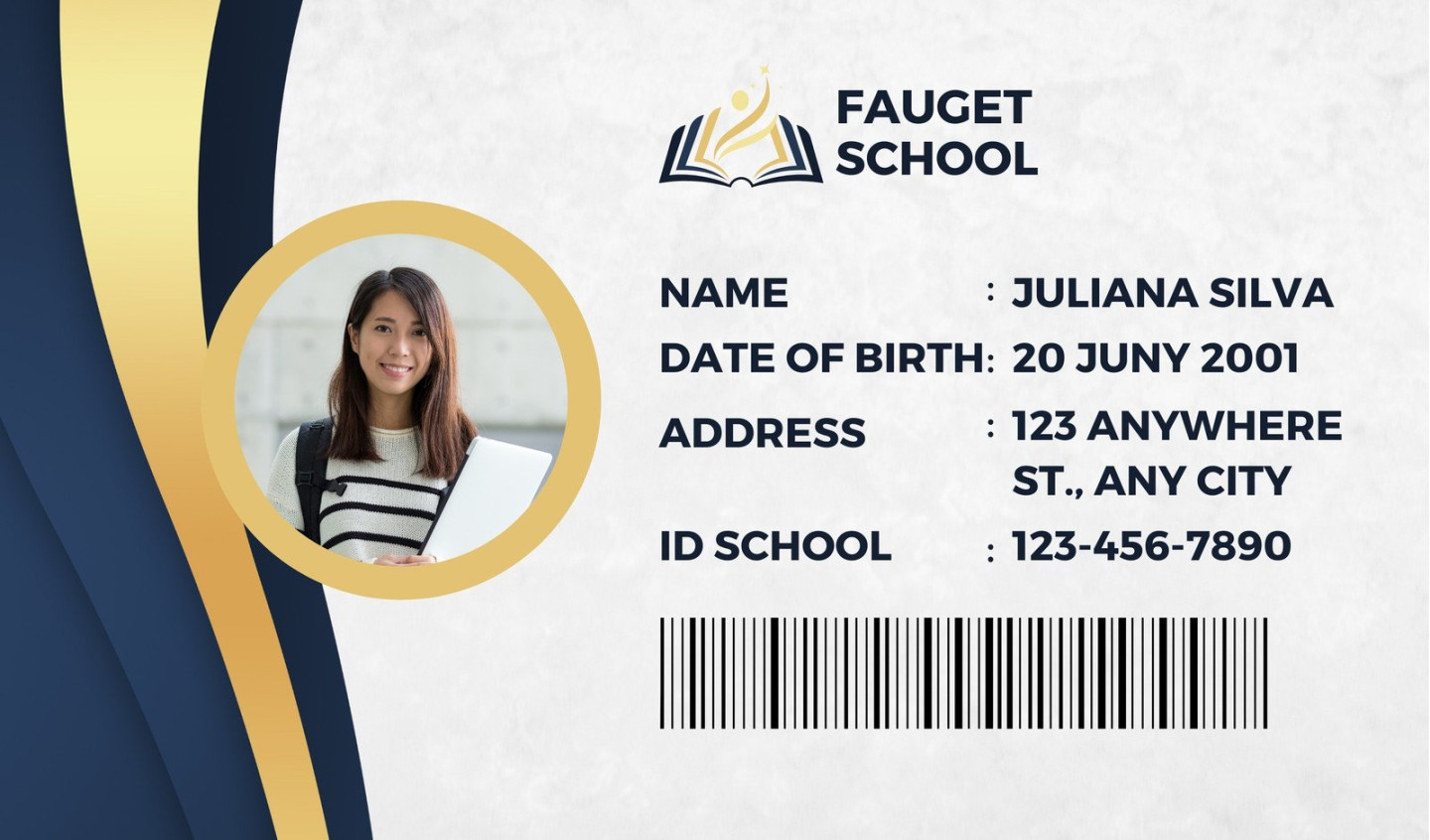Student business Cards serve as essential tools for networking and making a lasting impression. A well-designed card can help you stand out in a competitive environment and showcase your skills and qualifications. This guide will delve into the key elements that contribute to a professional and impactful student business card template.
Design Elements for Professionalism and Trust

1. Font Selection: Choose fonts that are clean, legible, and exude professionalism. Sans-serif fonts like Arial, Helvetica, or Roboto are popular choices due to their modern and crisp appearance. Avoid overly decorative or difficult-to-read fonts that can detract from the overall design.
2. Color Scheme: Opt for a color scheme that reflects your personal brand and conveys the desired message. A combination of neutral colors, such as black, white, and gray, can create a classic and timeless look. Consider adding a subtle accent color to enhance visual interest and make the card more memorable.
3. Layout and Structure: The layout of your business card should be well-organized and easy to read. Ensure that the information is aligned and spaced appropriately. A clear hierarchy of information can help guide the viewer’s eye and make the card more visually appealing.
4. Personal Branding: Incorporate elements of your personal brand into the design. This could include your name, a tagline, or a relevant icon. Consistency in branding across your online and offline presence will help you establish a strong identity.
5. Professional Contact Information: Include essential contact information, such as your name, email address, phone number, and website or social media links. Ensure that the information is clearly visible and easy to read.
6. Professional Title or Degree: If applicable, include your professional title or degree to highlight your qualifications and expertise. This can help you establish credibility and attract potential opportunities.
7. Headshot or Logo: Consider adding a headshot or logo to personalize your business card and make it more memorable. A professional headshot can help you connect with others on a personal level.
8. White Space: Leave ample white space around the elements on your business card. This will create a clean and uncluttered design that is easy on the eyes.
9. Card Size: The standard size for business cards is 3.5 inches by 2 inches. Adhering to this standard will ensure that your card is compatible with most card holders and wallets.
10. Printing Quality: Invest in high-quality printing to ensure that your business card looks professional and polished. Choose a printer that specializes in business card printing and offers a variety of paper options to suit your preferences.
Additional Considerations
Proofreading: Carefully proofread your business card for any errors in spelling, grammar, or formatting. A typo can undermine your credibility and professionalism.
By carefully considering these design elements and best practices, you can create a professional and impactful student business card template that will help you make a lasting impression and advance your career goals.